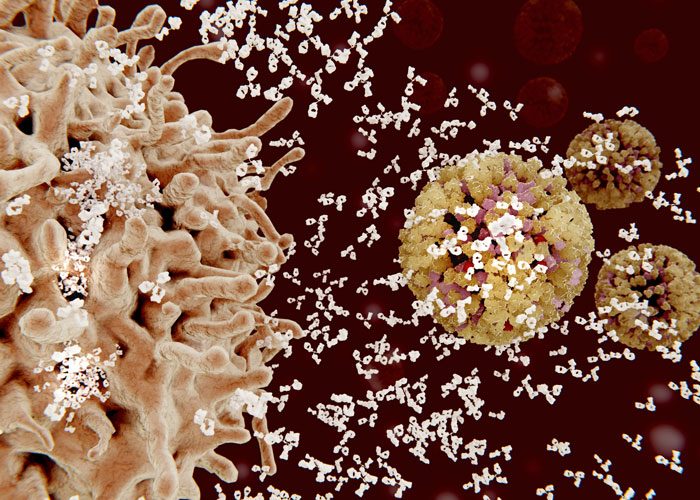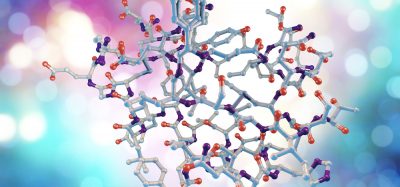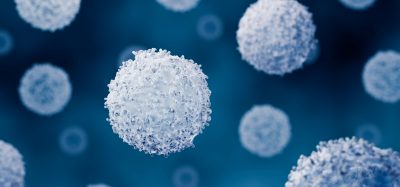Mature B lymphocytes accelerate the healing of acute and chronic wounds
Posted: 27 October 2017 | Dr Zara Kassam (Drug Target Review) | No comments yet
Direct application of immune cells speeds and improves healing of acute and chronic wounds in animal models…


A research team have described how the application of mature B lymphocytes greatly accelerated the healing of acute and chronic wounds in both diabetic and nondiabetic mice. The treatment also improved the quality of regenerated tissue and reduced scarring.
“Our demonstration that B lymphocytes – immune system cells that are abundant in the blood – can accelerate wound healing in both healthy and diabetic skin potentially opens up an exciting path to a new treatment for chronic wounds, such as diabetic foot ulcers,” said Dr Ruxandra Sîrbulescu, of the Massachusetts General Hospital MGH-VIC, lead and corresponding author of the report. “Diabetic foot ulcers are the most common cause of non-traumatic major amputations around the world and the costliest type of chronic wound to care for, so an inexpensive and safe way to accelerate healing would have great benefits.”
For the current study, the team first isolated mature B cells from the spleens of diabetic and nondiabetic mice. Their series of experiments showed that a single application of concentrated, mature B cells accelerated wound healing and improved the quality of tissue repair in both animal models. B cell treatment also quickly reduced the size and improved the healing of chronic skin ulcers in the diabetic mice, increasing the number of both nerve endings and blood vessels in the regenerated tissue.
Remarkably, the same healing effect was produced when B cells from older obese diabetic mice were applied to acute wounds in similarly aged, obese diabetic mice. Both groups of animals were equivalent to 55- to 60-year-old morbidly obese patients with uncontrolled diabetes, the most difficult population to treat. The sort of mature B cells used in this study have a limited lifespan, and once applied on a wound, they remained active at the site for up to 14 days.
This makes them easier to control than other types of cells used in therapies and makes side effects unlikely. Overall, the presence of B lymphocytes was associated with increased tissue proliferation, reduced cell death and a more supportive environment for wound healing.
Dr Sîrbulescu notes that it is possible to isolate high numbers of a patient’s B cells through a standard blood pheresis procedure, allowing collection of enough cells for several treatments at a single session.
The team has been working with colleagues at Dana, Farber Cancer Institute to develop protocols to create the type of enriched B cell preparation that could be used to treat patients.
“While more work is required to elucidate the cellular and molecular mechanisms through which B cells exert their beneficial function in wound healing, we are in the process of obtaining the required regulatory approvals to conduct a first clinical study in patients with diabetic foot ulcers. With adequate funding, we believe we could apply this technology clinically within one to two years” she said.
The team is working in collaboration with study co-author Dr Dennis Orgill, of the Wound Care Center in the Plastic Surgery Division at Brigham and Women’s Hospital to set up a clinical study in patients with diabetic foot ulcers.
Dr Mark Poznansky, director of the MGH-VIC and senior author of the Wound Repair and Regeneration report adds, “Having a novel therapeutic that is based on the immediate isolation of a patient’s own cells, with minimal manipulation, will represent an attractive option for the wound care field; and a successful option that accelerates healing would greatly benefit patients, as diabetic ulcers typically need up to a year or more heal. Further development of the B cell application therapy may lead to novel ways of addressing the pathologies underlying the formation of chronic wounds.”
Related topics
Immunology, Protein, Proteomics, Therapeutics
Related organisations
Brigham and Women's Hospital (BWH), Massachusetts General Hospital
Related people
Dr Dennis Orgill, Dr Mark Poznansky, Dr Ruxandra Sîrbulescu








